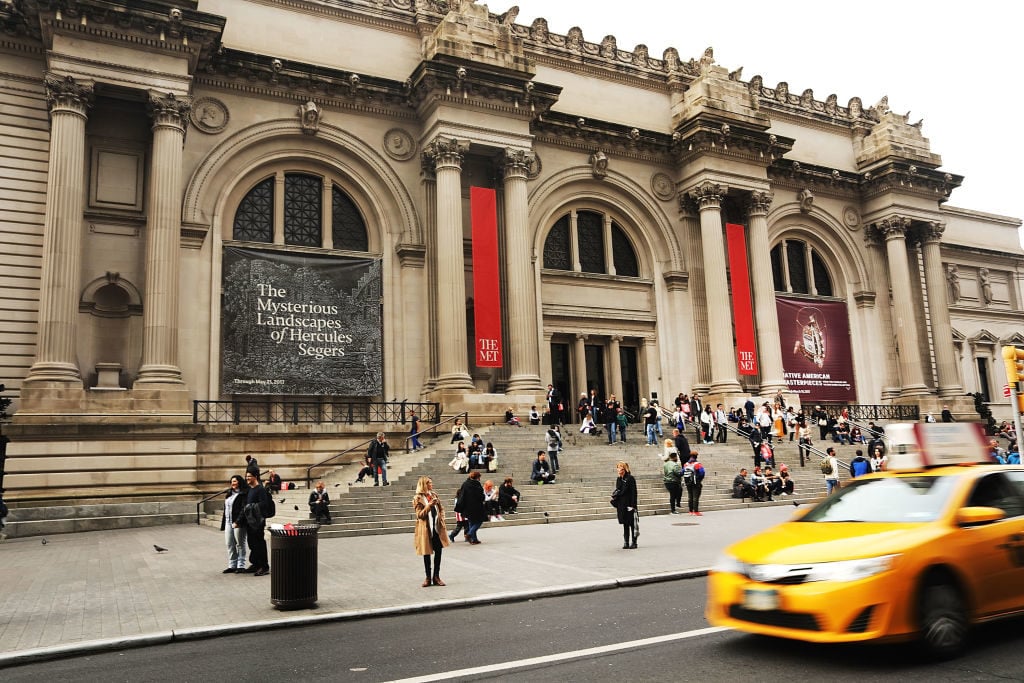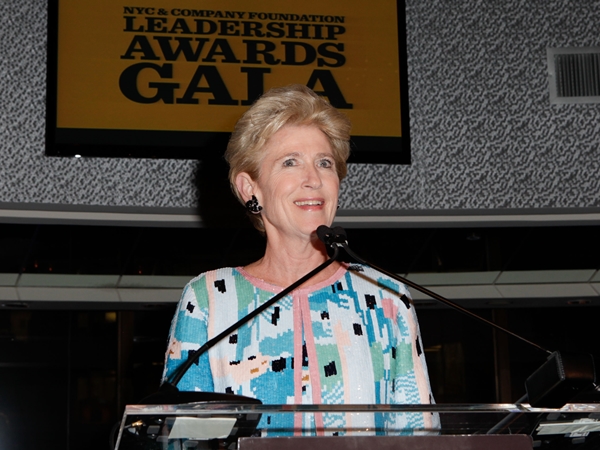People
Metropolitan Museum of Art Execs Got Hefty Bonuses as Losses Mounted
More bad news for the storied institution?

More bad news for the storied institution?

Eileen Kinsella

It’s been a rough few weeks for New York’s iconic Metropolitan Museum of Art.
Following months of rumors and speculation, a highly critical New York Times story in early February that posed the question: “Is The Met A Great Institution In Decline?,” seemed to have spurred some immediate action.
Weeks later, on February 28, reportedly following a board meeting, artnet News received a press release from the Met stating that director Thomas Campbell, who took up the position in early 2009, would step down in June.
On March 13, the New York Post published another cringe-inducing story, outlining the hefty pay and bonuses awarded to the museum’s top brass “despite a looming deficit that threatened to reach $40 million.”
The report, based on a copy of the Met’s 2015 federal tax filings obtained by the Post, says the museum was already losing millions when Daniel Weiss took up the title of president in 2015. Weiss “still got a $300,000 bonus for less than half a year on the job… In fact Weiss’s total compensation for six months of work came to $818,112, which included a salary of $327,931 and a housing allowance for his Park Avenue apartment,” the Post wrote.

Thomas P. Campbell at the Whitney Museum in 2015. Courtesy of Patrick McMullan.
As for the now outgoing director, Campbell, “his total compensation was $1,428,935, including a salary of $942,287,” for fiscal year 2015, which ended in June. That salary and “other compensation of $127,622 was a 7 percent increase over the previous year,” according to the Post.
Campbell resides across the street from the museum in a four-bedroom, four-bath Fifth Avenue apartment provided by the museum.
Emily Rafferty, the former Met president who retired in June 2015, received total compensation of $2.2 million, the Post reported, citing the federal tax filings.

Former Metropolitan Museum of Art president Emily Rafferty. Courtesy of Patrick McMullan Company, Inc.
Among other raises outlined in the report: Suzanne Brenner, senior vice president and chief investment officer, saw her bonus rise to $624,929 from $570,590 in fiscal year 2015. Her total compensation was nearly $1.6 million. Lauren Meserve, also a chief investment officer, saw a jump in salary of 14.7 percent and a bonus of $548,723, up from $466,847 the previous year, for a total compensation over $1.4 million.
After museum executives raised concerns about growing deficits, they announced cutbacks which included staff reductions and reducing the number of special exhibitions, but still ended the 2016 year with an $8.3 million deficit, the Post notes.
A total of 34 employees were laid off last September, and 50 staff members took buyouts.
artnet News obtained a copy of an email that was sent to Met staff on March 15 responding to the Post article:
Last week the Museum released its annual tax filing for FY 2016 (which runs from July 1, 2015 to June 30, 2016), which reflects compensation for calendar year 2015 (from January 1, 2015 to December 31, 2015). One part of this filing, which is known as a Form 990 and is required of all non-profits, is the disclosure of executive compensation. This annual release of compensation information generates attention for many non-profits, as it did for us in recent days. We wanted to provide some context to the filing.
All executive-level compensation at the Museum is reviewed by an independent, third-party compensation consultant to ensure it is reasonable and in line with compensation for leadership at comparable institutions. The release of the Form 990 for 2016, notably, significantly lags in time from the period it covers. Our release last week covers executive compensation for calendar year 2015. It was after this time period, in the spring of 2016, that we found it necessary to impose significant cost-cutting. At that time, voluntary pay cuts were taken by Tom Campbell, Dan Weiss, and other senior staff members. It is also important to note that the Form 990 is by nature a crude reporting instrument that, among other things, fails to specify what constitutes compensation under the “bonus” and “salary” categories. The Met and other institutions consider compensation documents to be confidential, so it is not appropriate for us to provide additional details; however, we hope this provides a bit of context for this information.